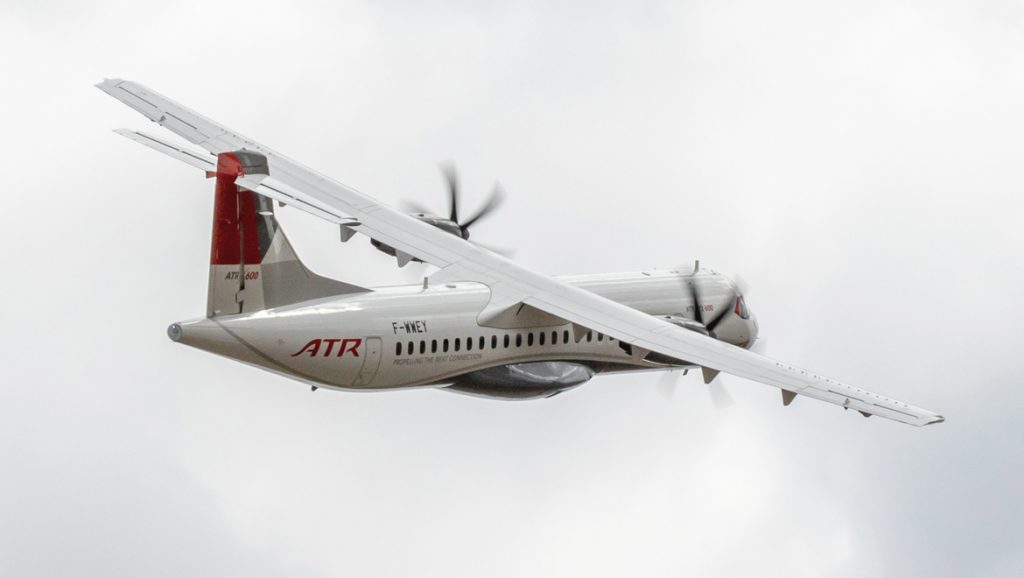
Franco-Italian turboprop aircraft manufacturer ATR has outlined its plans to emerge stronger from the COVID crisis by strengthening its global presence in the next decade and continuing to invest in sustainable and modern options for regional air travel.
In 2020, ATR was quick to react to the circumstances and supported its customers with rapid freight conversion solutions, sanitary tutorials as well as storage and maintenance instructions.
Last year, however, the aircraft manufacturer delivered only 10 aircraft and received six firm orders.
Despite the unprecedented market conditions for aircraft manufacturers, 2020 saw nine new operators using ATR aircraft and 84 new routes opened.
In addition, ATR operators launched services in three new countries.
Last December, the first purpose-built freighter (ATR 72-600F) was delivered to FedEx.
While air travel is still in its early phases of recovery, ATR said it had a clear and actionable plan to overcome the current challenges by continuing to pioneer sustainable and cutting-edge solutions for regional connectivity.
ATR’s plan for recovery includes the implementation of incremental improvements into the aircraft family, to enhance operational efficiency and reduce maintenance costs through system upgrades and state-of-the-art avionics, maintaining the competitive and environmental advantage offered to customers.
Further, following the delivery of the first new purpose-built freighter to FedEx, ATR is well-positioned to benefit from the resilience of the cargo market, already at pre-COVID levels. Air cargo is expected to double its capacity in the next 20 years, and ATR said point to point express deliveries can best be served by its aircraft
Additionally, the company plans to benefit from the launch of the short take-off and landing variant of the ATR42-600, which will open a range of opportunities in airports with airstrips between 800 and 1,000 metres, as well as the near 900 regional turboprops that will look to be retired in the coming years, in favour of more sustainable, cost-efficient, and modern aircraft that ATR can provide.
The company, which has already flown with a combination of sustainable aviation fuels (SAFs), has said it will also continue to explore new solutions to further reduce the carbon footprint of its aircraft.
Stefano Bortoli, CEO of ATR, stated, “2020 has been a challenging year for the travel industry, and we will not see an improvement until the end of the current year. However, the vital connectivity that regional air travel has offered throughout the crisis, have made the ATR more attractive for Europe and North America, while turboprops remain the best choice for several underserved regions, where land infrastructure is not a practical choice, in Asia, Latin America and Africa.”
Article courtesy of Airlinerwatch.











